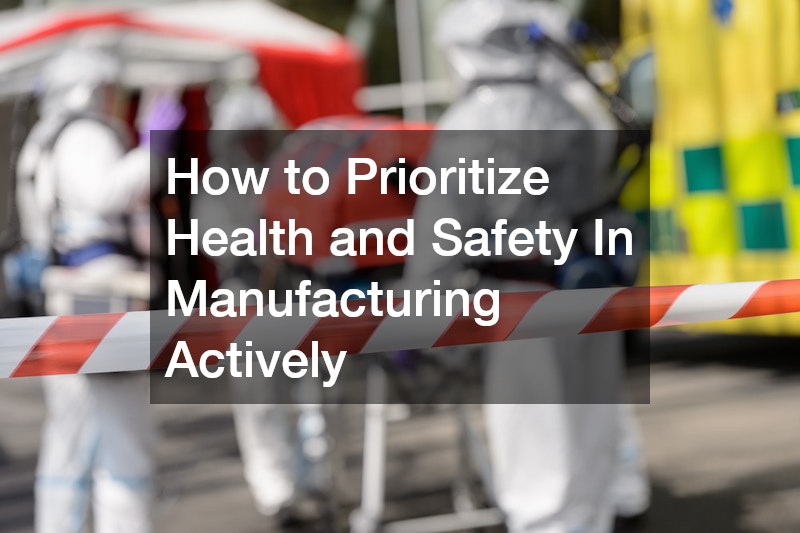Are you a passionate off-road adventurer? Do you dream of exploring old mining trails, wheeling through farms, or driving over rough terrains? While off-road driving is a favorite activity of many people around the globe, it is a risky adventure. Driving on unstable trails and unpaved roads increases the chance of accidents, collisions, and rollovers. In 2006, an estimated 146, 600 people suffered from ATV-related injuries, and approximately 882 riders died. Current statistics show that these numbers are going up. So whether you are heading off the beaten path or driving to see the magnificent mountain summits, you have to be ready with the challenges and risks of off-roading. Follow these safety tips before you head out on the trails.
1. Choose the right vehicle.
When off-roading, you have to ensure that your vehicle can withstand the unsavory challenges of rugged terrains. Lifted diesel trucks are the right choice because they have higher ground clearance, offer increased visibility, and have larger tires. With sufficient clearance, you can drive over tall obstacles and tackle steep heels with ease. Tires that are big enough allows you to keep in control even when you work on the toughest roads.
2. Maintain your off-road car properly
Vehicle maintenance is vital to all drivers, especially to off-road enthusiasts. Check everything from your oil, tires, shock, spare wheels, brake fluid, steering, seat belts, and electric systems. Inspect the vehicle for leaks and other mechanical problems and make sure to top up all fluids. You might be driving on a hill with no cellular signal, and no one is going to be there to help you fix any damage.
3. Don’t travel alone
Off-road terrains are usually outside the reach of emergency response vehicles. Even if you love solitude, it’s always a wise idea not to go solo. Having a travel buddy will ensure that someone is available to help you in case of mishaps or tricky situations.
4. Bring a first aid kit and off-road essentials
Off-road terrains are usually located in areas away from medical and rescue facilities. It is prudent to bring medical kit as well as rescue and recovery accessories. Off-road experts always bring nylon tow straps, bow saws, gloves, hatchets, paper maps, and chains. You also need to pack extra food and water in case you need to wait for help overnight.
5. Do not be a trail-blazer
Responsible off-road driving doesn’t give you the freedom to drive over a trail that shouldn’t be explored. There might be nasty surprises in your ways, such as sudden drop-offs and dangerous cliffs. Even if it’s safe, you can cause damage to the ground, dams, and wildlife. To protect yourself and the environment, always stay on the established road.
6. Make sure you’re covered
Driving off-road without insurance isn’t worth the risk. Trail driving can cause bodywork faults and mechanical problems that require expensive repairs. Ask your insurance provider if they offer off-road policy. Otherwise, you can consider getting affordable insurance for your off-road car.
Exploring a less-traveled route can be a safe and fun experience if you do the right planning and exercise caution. Make sure to consider these tips before you head off to your next thrilling adventure.





